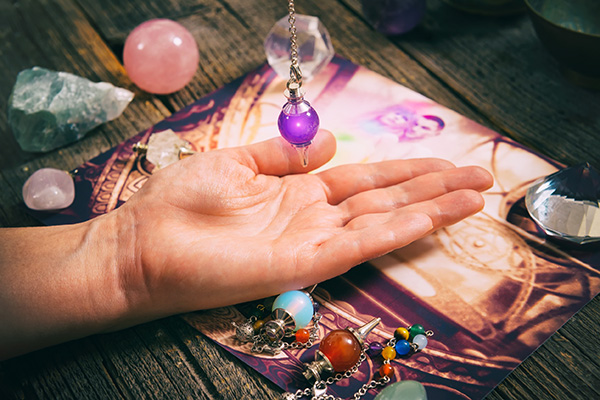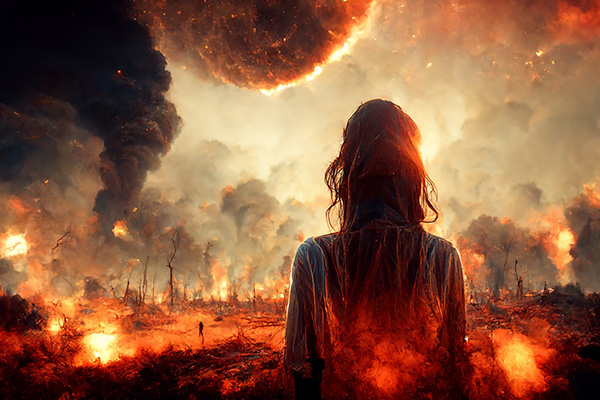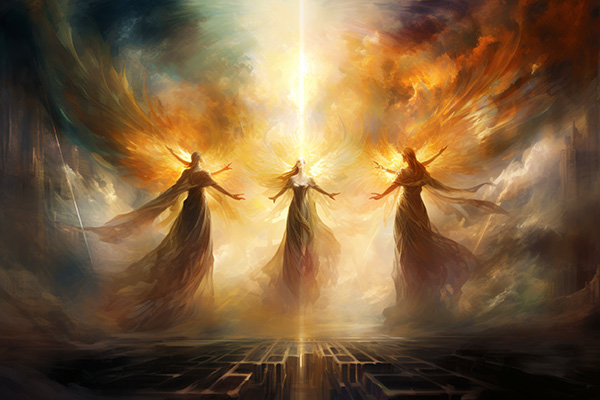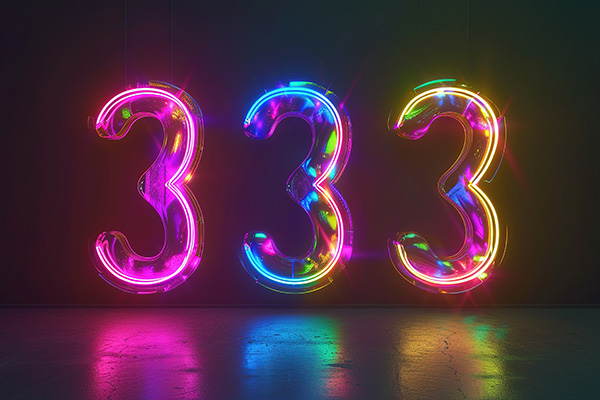Mysticism
The Mystical Art Of Pendulum Divination
 Divination, the ancient spiritual practice of seeking knowledge of the future and the unknown through supernatural means, has been an integral part of human history for millennia.
Divination, the ancient spiritual practice of seeking knowledge of the future and the unknown through supernatural means, has been an integral part of human history for millennia.
From the casting of lots practiced in various forms by indigenous and aboriginal cultures around the world using bones, stones, shells, and other natural objects, to the Tarot of 15th century Europe, to today’s cyber-divination and AI-powered fortune-telling, various tools have been used to connect with the spirit realm and uncover one’s destiny.
Among these tools, one of the most accessible and easy-to-use traditional methods of divination is the pendulum. The best part is that this simple yet powerful tool is already within reach, tucked away in your jewelry box or craft kit.
A pendulum is simply a weighted object attached to a chain, string, or cord. It can be as elaborate or as simple as you like – a crystal dangling from a silver chain, a beloved piece of jewelry, or even a simple stone tied to a piece of string. The key is to choose an object with some weight to it so that it will swing freely when held aloft.
Pendulum divination is a form of dowsing, a practice that dates back thousands of years and has been used to locate water, minerals, and even lost objects. Dowsing works by tapping into the subconscious mind, which is connected to universal consciousness and the spirit realm. When using a pendulum for divination, you are essentially asking your subconscious to communicate with you through the movements of the pendulum.
The Missed Opportunities Of Prophetic Predictions
 Psychics and mediums are mostly known only for giving personalized predictions and spiritual advice tailored to individual clients. People often come to us for help with personal issues such as relationships, career choices, and other life concerns.
Psychics and mediums are mostly known only for giving personalized predictions and spiritual advice tailored to individual clients. People often come to us for help with personal issues such as relationships, career choices, and other life concerns.
But there’s a bigger picture that doesn’t get as much attention: the role of some highly gifted psychics in making large-scale predictions that address collective challenges or foresee major events that affect everyone. These larger prophecies, such as warnings of natural disasters, economic crises, or global conflicts, are often unrecognized, overlooked, and even ridiculed.
Large-scale prophecies can have a big impact on the greater good if they were to be taken more seriously. If documented and acted upon, they can help society prepare for significant events and improve overall well-being.
In our modern world, the value of prophetic insights from today’s psychics and mediums is more relevant than ever. While prophecy may seem outdated compared to modern science and technology, these predictions can help us navigate the uncertainties and complexities of the future.
At their core, prophetic predictions are warning messages from the spirit realm, universal consciousness, the divine. They’re not random or whimsical; they’re meant to guide humanity by giving us glimpses into possible future scenarios. These visions are also not meant to interfere with our free will, but to alert us to possible outcomes so that we can take proactive steps to prevent or mitigate any negative effects.
The Magic Of Crystals And Gemstones
 Many of my clients light up when you mention the magic of crystals and gemstones, and they usually have a story to tell about a particular stone they own or carry with them for specific intentions, healing, added strength, protection, and so on.
Many of my clients light up when you mention the magic of crystals and gemstones, and they usually have a story to tell about a particular stone they own or carry with them for specific intentions, healing, added strength, protection, and so on.
How do crystals and gems work for you? Well, in many magical ways. When you are attracted to a particular stone, whether it’s color, texture, shape, or other qualities, the attraction you feel to it is the first step in the magical process. This attraction is actually the stone’s way of calling you to it, to make contact.
Sometimes a stone may be given to you by someone, or it may just find its way into your hands in one way or another. The circumstances under which you found it, or perhaps how it found you, is just the beginning of a new and magical relationship.
There are many metaphysicians who believe that crystals and gemstones are our ancestors or ancient beings or life force crystallized from history. Some people believe that certain stones you come in contact with are stones you had in a past life.
They could be pieces of land or rock that surrounded you in past lives here on Earth and are showing up in your life today as a friend or ally. This is pretty cool to think about! Imagine a stone that you have now that you also carried with you before, from another time. Would you still see that stone the same way when you looked at it?
Researchers and historians have hypothesized about pre-Christian cultures and civilizations that considered the standing stones to be the ancient sages or ancient gods. There are unusual theories about sites like Stonehenge and how these large stones got there, as there is still no logical explanation. Some say that Merlin the Magician brought them to Wiltshire, England from a town in Wales called Maenclochog.



